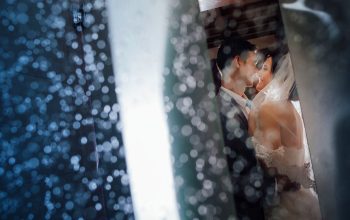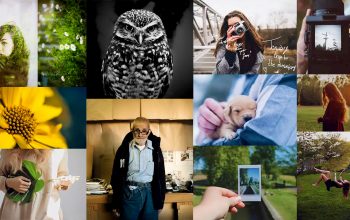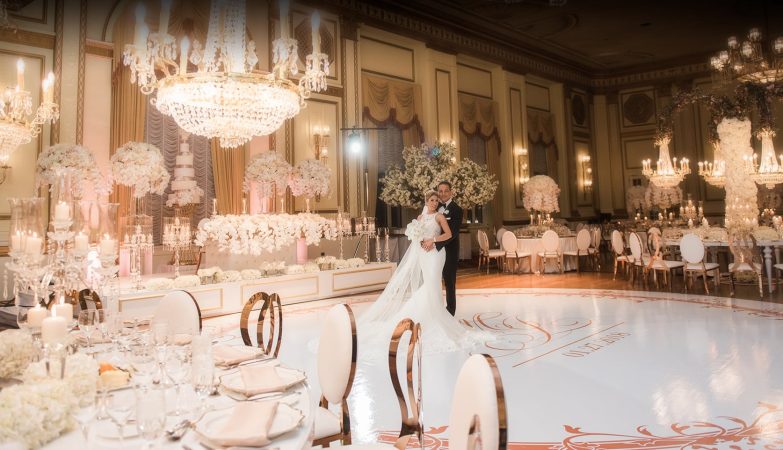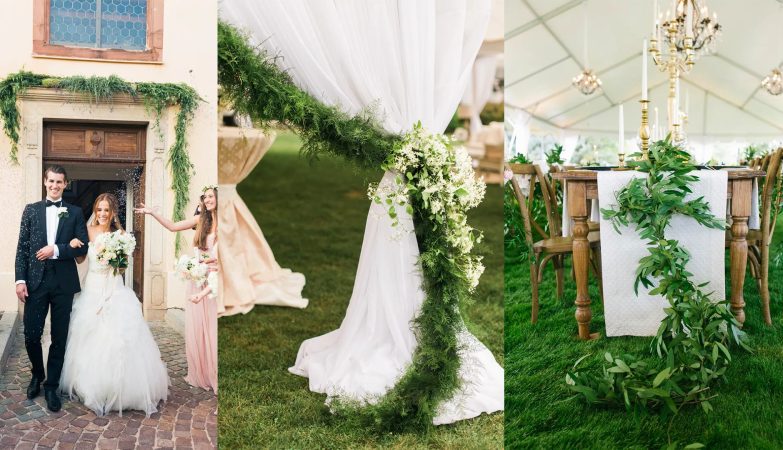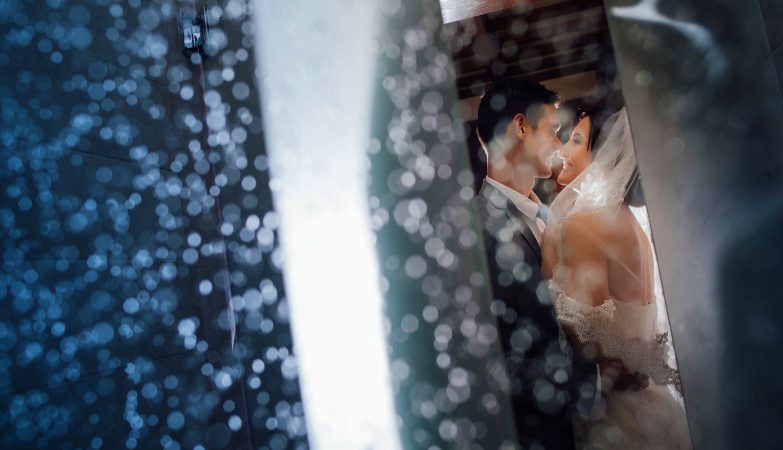
Do you want to make excellent wildlife photographs but don’t know how? Then continue reading. This post will provide you with six wildlife photography strategies that will help you take consistently outstanding photographs. You’ll learn how to locate the best light, how to compose great shots, and how to produce frame-filling animal photographs.
To Get Close To Wildlife, Use A Low, Slow Approach

Getting near is one of the most difficult obstacles for beginning wildlife photographers. You see, regardless of how long your lens is, you’ll still need to do some actual labour in the outdoors to acquire frame-filling wildlife images. There are a few methods for getting near enough to animals to obtain stunning photographs.
But my personal preference is the low, leisurely approach, which is often effective and ideal for instances when you haven’t already put up a blind. This is how it works:
- Begin by locating a distant subject and positioning yourself so that the light is at your back.
- Then go carefully, with several pauses and starts and no abrupt movements. Maintain a low profile and avoid making eye contact with the creatures.
- Move to the right for a few seconds, then to the left, and finally to a halt. But make sure you keep moving in the same general direction so that you can get closer to your topic.
- When you’re reasonably close, drop down to your knees, or perhaps your elbows (if you’re willing). Continue moving toward the creatures with your head lowered. But go even slower, dragging yourself a few steps before coming to a halt.
- Keep an eye on your subject out of the corner of your eye and take a few photographs so the animal becomes acclimated to the sound of a camera shutter.
Continue for a while… until you’re close enough to shoot. Then come to a halt and begin photographing. If everything goes well, the full treatment should take between 15 and 45 minutes. Be patient and don’t hurry.
Your subject’s well-being is critical. Stop photographing an animal that seems to be agitated. If you can’t be proud of the narrative behind the photo, it’s hardly worth capturing it.
For The Best Lighting, Cast Your Shadow On The Wildlife

The light is something that many beginning wildlife photographers struggle with. It’s all too simple to go out in direct sunlight and return home with a memory card full of bad shots. because noon sunlight is ineffective for wildlife photography. Instead, photograph on overcast days or during the golden hour.
But just showing up at dawn and sunset, pointing your camera at the scene, and starting to shoot isn’t enough. You must go above and beyond. The most important thing to remember is to pay attention to the direction of the light.
The best light for wildlife photography comes from behind the photographer and hits the subject directly. This is often taught as the “point your shadow at the animals” technique because doing so can help you find the best light. If you aim your shadow at your subject, you’ll get some beautiful frontlight.
Please visit ejazkhanphotography.com for more beautiful and amazing wildlife fine art photography. You can also buy beautiful wildlife photography wall arts to decorate your home from here.
ejazkhanphotography.com
You may now take some very interesting shots by employing sidelight (light falling on the side of the animals) or even backlight (where the light comes from behind the wildlife). However, they are non-standard lighting circumstances that need some time to cope with. That is why I propose that novices begin with frontlight and then progress to more complicated light selections.
Place The Moving Wildlife Inside The Frame

When it comes to framing a wildlife photograph, you may find it difficult to properly put an animal in the frame. It’s extremely tempting to place your subject dead centre in the frame, but avoid doing this since this is one of the worst things you can do. Instead, point your fauna towards the frame so that it appears to be racing into the empty space (regardless of whether it is).
This will give your photograph a sensation of movement, as though the animal is moving. Also, the viewer will follow the animal’s eye right into the rest of the picture (in other words, they will be interested!). It’s important to note that just bringing the animals into the frame isn’t enough. You’ll also want to avoid cutting off the rear of the animal, since this will make the shot seem fragmented. Instead, add some extra space in the rear, as well as at the top and bottom.
Oh, and don’t chop off any of the wildlife’s feet! because it almost never works. You want an animal to fit inside the frame with enough space on the top, bottom, and sides.
Photograph Intimate Wildlife From A Low Angle

Here’s a suggestion for more advanced wildlife photographers: To picture animals, go down low. Very low. Basically, you should be at least on the same level as the fauna. If you’re photographing a little bird on the ground, push your face flush against the soil. When photographing a moose, you can stand quite upright; however, depending on your height, you may need to squat a little. What is the significance of this?
Because photos taken while standing are… boring. They look like you simply strolled past and snapped a photo. Photos taken at eye level with the animals are far more lively, fascinating, and personal than images taken from a low angle. It will need some work. It will take some guts to get filthy. However, if you can get on the same level as your subject, your shots will seem far better.
Select The Cleanest Background That Complements The Subject

Choosing the correct backdrop is a significant wildlife photography problem that most beginners overlook. Because the correct backdrop will draw attention to your topic. It will make your topic stand out on the page.
The finest backdrops are now quite clean. They are free of distractions. Nothing could divert attention away from the fauna. A wide open aperture is one way to ensure a clean backdrop, but it has a drawback: you won’t get a crisp image of the entire animal.
You also want to keep the fauna sharp in general. Rather than using a large open aperture, I’d recommend carefully positioning oneself so that the gap between the subject and the backdrop is as large as possible. The blurrier the backdrop, the greater the distance. And the more distinct the backdrop appears,
By the way, getting down low is a great method to enhance the subject-background distance. This will cause the backdrop to fade away, giving you a wonderful blur (along with the intimate view I mentioned before!). One additional item to mention:
Some backdrops are just too cluttered to deal with, even when employing a wide aperture and an appropriate subject-background distance. So don’t be afraid to leave a background, especially since you can often walk to the right or left and get a whole new one.
Use “Spray And Pray” And “Continuous Shooting” Modes

Wildlife photography is often a fast-paced endeavor. In reality, you may wait for hours for a shot that emerges and goes in an instant. That means you must be prepared for anything – wildlife movement, unusual behaviour, and so on.
That is why I propose that you set your camera to continuous shooting mode so that you may record as many frames per second as possible.
and keep your finger on the shutter button. It’s alright if you have to take hundreds of photographs until you find one that works. After you’ve captured the million-dollar shot, you may erase all of the terrible shots.
So don’t be scared to photograph as soon as the wildlife begins to do anything fascinating, and don’t be afraid to keep your finger down until the animal quits. That is how you will increase the number of keepers.
Conclusion
You now have all of the wildlife photography tips you need to make stunning wildlife photographs after finishing this post. Approach with caution. Utilize as much frontlight as possible. Incorporate the topic into the frame. Reduce your height. Choose the most pristine backdrop imaginable. photograph in short bursts. And have fun while shooting!

